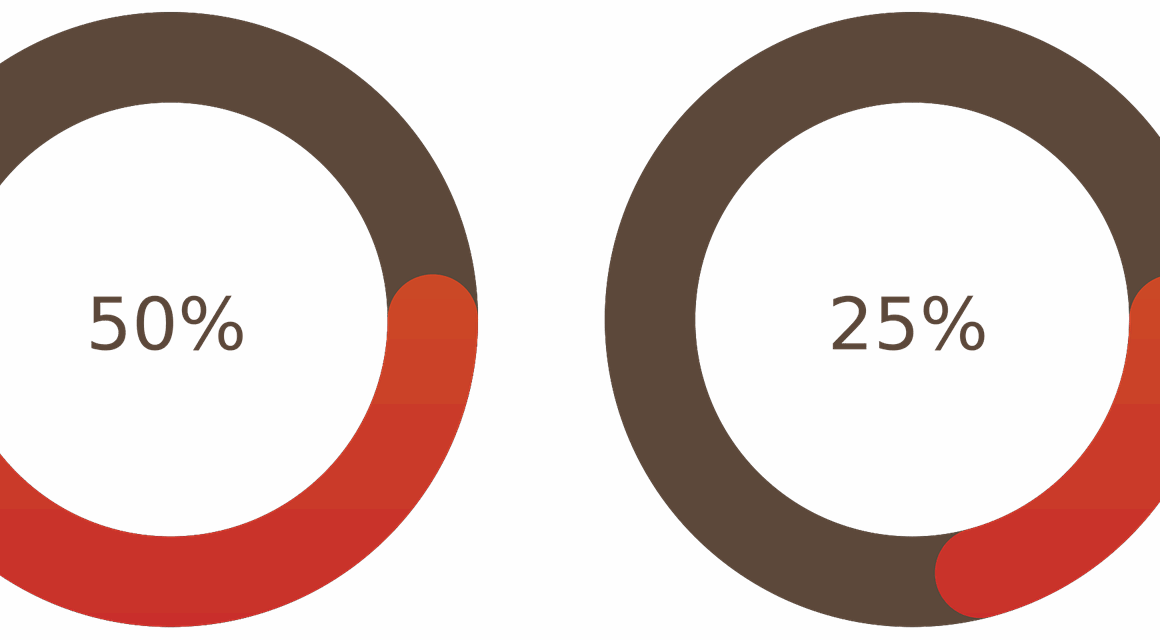How to Track Progress During Your 30-Day HIIT Challenge
Tracking progress during a 30-day HIIT challenge is crucial for motivation and success. First, set clear and achievable goals that will guide your training intensity. Consider using a fitness app or physical journal to log daily workouts. Record details such as time, repetitions, and exercises completed to note improvements. Consistency in tracking allows you to see patterns over time. Don’t forget to keep track of your body measurements as well. Taking measurements every week can help you visualize changes in your physique. For a comprehensive analysis, note how different workouts challenge your stamina and endurance. This will ensure your training isn’t stagnant. Another important aspect is to reflect on your energy levels. Jot down how you felt before and after each session. Adding this insight will aid in your understanding of personal limits and overall improvement. Lastly, celebrate small victories. Whether it’s completing an extra set or a more intense workout, acknowledging your achievements keeps you motivated. Sharing progress with friends or online communities can also provide encouragement and accountability throughout your 30-day journey. Challenge yourself and enjoy the process of progressing!
As you embark on your 30-day HIIT challenge, regular assessments are vital for tracking improvement. Every weekend, evaluate your performance using a benchmark workout that you’ll repeat throughout the challenge. This workout should include common exercises like burpees and squat jumps. After each assessment, compare times and repetitions to gauge progress. This comparison not only shows how you’re improving, but also highlights areas needing more focus. Document the adjustments made based on your performance; this may include changing workout intensity or duration. Nutrition plays a vital role in your performance during this challenge. For the best tracking results, log your daily meals and hydration to connect it with your workout sessions. Use a nutrition app to help you stay on track, ensuring you’re fueling your body properly. Take note of any patterns between your diet and workout efficacy. It’s essential to rest and recover adequately; include weekly rest days in your program. Overtraining can halt progress and increase fatigue, so recognizing signs of fatigue is important. Being mindful of these elements will enhance your results significantly and keep you committed to your HIIT challenge.
Another effective way to track your progress during the 30-day HIIT challenge is by utilizing wearable fitness technologies. Devices like smartwatches or fitness bands can provide real-time data while you work out. These gadgets continuously record metrics such as heart rate, calories burned, and overall workout duration. Integrating this technology into your routine will give you additional insights about personal exertion levels and recovery times. You can use this feedback to adjust your workouts for maximum effectiveness. Furthermore, screenshots and charts from these devices can serve as motivational reminders of your advancements. Don’t hesitate to set notifications to remind yourself to stay active throughout the day. Each week, make it a point to review your data comprehensively. By interpreting this information, you can pinpoint strengths and weaknesses in your routine, adjusting accordingly to help push your limits. Also, invite a friend to join your challenge. Having a workout buddy provides motivation while allowing mutual tracking of each other’s achievements. Set a time to discuss goals, progress, and strategies to keep each other accountable. This social aspect enhances engagement and commitment, making reaching your fitness goals even more enjoyable.
Incorporating Variety for Better Tracking
Incorporating variety into your HIIT workouts not only combats boredom, but also enhances your ability to track progress. Mixing up exercises will target different muscle groups, making tracking performance metrics more interesting. Create a rotation of various workouts throughout your 30 days to keep the challenge fresh. For tracking purposes, write down sets, reps, and variations used. In the second week, consider swapping certain movements for alternative options that offer similar intensity. For instance, substitute jump squats with box jumps for a similar explosive engagement. After each week, assess which types of workouts you felt most effective and enjoyable. Your personal enjoyment plays a significant role in adherence and progress. Alongside exercise variety, changing your workout environment can boost motivation. Try outdoor spaces, gyms, or even your living room. Each new setting can renew your enthusiasm and change perspectives. Remember to note your emotional responses to varied workouts. Capture your excitement levels to better understand preferences and your fitness journey. Over time, crafting a customized workout menu tailored to your goals enhances accountability while ensuring growth throughout the challenge.
Engaging in a 30-day HIIT challenge also requires adaptation based on your observations. As you track your progress, be prepared to modify your workout schedule. If a particular exercise seems to become too easy, incorporate additional intensity to continue your development. For tracking modifications, recall a specific workout that was originally designed for beginners; assess your performance after several sessions. If you can now complete it easily, emerge as an example to others. Share your observations through social media platforms or community forums. This way, others can learn about your adaptations and how they correlate with growth. As fresh challenges arise during this journey, reinforce a positive mindset by reminding yourself why you started this challenge in the first place. Keeping all these elements in mind helps you embrace change during this journey, maintaining enthusiasm and motivation. Celebrating various milestones can multiply your determination. Maybe it’s completing an entire week on schedule or setting a personal record. These moments of pride keep your engagement alive and enhance your commitment. Overall, seeing how you’re evolving can make a real difference in your long-term fitness goals.
Ultimately, mental tracking is just as significant as physical progress assessment in a 30-day HIIT challenge. Mindfulness during workouts can greatly enhance your experience and results. By observing your body’s reactions during different exercises, you can identify which movements excite or drain you. Make notes in your progress journal on how specific workouts affect your energy and mood levels. Focusing on breath and body movements can help amplify gains while mitigating fatigue. Consider journaling reflections on your weekly experiences and how they relate to your progress. This habit reinforces commitment to not only physical advancement but also mental improvements. Additionally, practicing self-talk during workouts can boost motivation. Use phrases like “I can do this” or “I’m getting stronger” to increase your resolve. Also, find a supportive online HIIT community, where sharing achievements fosters a culture of encouragement. Engagement and positivity from peers can stimulate personal motivation along your journey. Completing weekly check-ins with friends or online groups can establish accountability, guiding the reinforcement of your goals. As you focus on holistic tracking, you’ll likely discover a deeper connection between your body and mind. This connection strengthens the overall effectiveness of the challenge.
Final Thoughts on Tracking Progress
In conclusion, tracking progress during your 30-day HIIT challenge encompasses multiple dimensions. Using fitness apps or journals allows you to record and analyze your daily routines, ensuring you stay on track. Remember to assess benchmarks weekly and consider wearable technology as a helpful tool in tracking metrics. Also, variety in workouts not only raises engagement but ensures different muscle groups receive attention. Throughout this process, engaging in constant adaptation based on the results you observe will provide the necessary motivation. Emphasize mental tracking alongside physical assessments, as this dimension enhances your overall experience. Don’t forget the importance of finding a workout support network, which can create a more rewarding environment. Celebrate small victories to maintain motivation as you embark toward a healthier lifestyle. Reflection and adaptability are keys to successfully navigating this challenge. Ultimately, your progress should be documented meaningfully, inspiring both yourself and others. Consider finishing the 30-day challenge with a summary of achievements and lessons learned, allowing the insights to fuel your next fitness pursuit. The experience is not just about a challenge; it’s about building a lasting fitness lifestyle.
Throughout your HIIT journey, tracking progress lays the groundwork for sustained health improvements. By understanding where you’ve been, you can carve a path for where you’re headed, fostering a sense of accomplishment that propels future endeavors. Each step taken during this challenge resonates with personal growth opportunities to embrace. Enjoy the process, remain patient with yourself, and relish the journey of health empowerment. Your effort and commitment will pay off in ways that exceed expectations. Be proactive, thoughtful, and flexible, keeping mind and body development balanced at every stage. Best of luck on your fitness journey; you’re sure to discover the potential harnessed through dedication and resilience.


